Water pipes and pipe fittings are essential components in plumbing systems for transporting water in residential, commercial, and industrial settings. Below is a concise overview based on current information:
Water Pipes
Water pipes are conduits used to deliver potable water, wastewater, or other fluids. They come in various materials, each suited for specific applications:
- Materials:
- Copper: Durable, corrosion-resistant, and widely used for potable water. Common in older homes but expensive.
- PVC (Polyvinyl Chloride): Lightweight, affordable, and corrosion-resistant. Ideal for cold water and drainage but not suitable for hot water.
- CPVC (Chlorinated Polyvinyl Chloride): Similar to PVC but can handle higher temperatures, making it suitable for hot and cold water.
- PEX (Cross-linked Polyethylene): Flexible, easy to install, and resistant to scale and chlorine. Popular for modern plumbing due to cost-effectiveness and versatility.
- Galvanized Steel: Durable but prone to corrosion over time; less common in modern systems.
- Stainless Steel: Corrosion-resistant and long-lasting but expensive and less common.
- Cast Iron: Used mainly for drainage and sewer systems due to its durability.
- Sizes: Pipe sizes are typically measured by nominal diameter (e.g., 1/2″, 3/4″, 1″). The choice depends on water flow requirements and system design.
- Applications: Potable water supply, irrigation, drainage, and wastewater management.
Pipe Fittings
Fittings connect pipes, redirect flow, or adapt pipe sizes. They ensure leak-proof connections and system flexibility.
- Types of Fittings:
- Elbows: Change the direction of flow (e.g., 90° or 45° angles).
- Tees: Connect three pipes, allowing flow to branch off.
- Couplings: Join two pipes of the same diameter.
- Adapters: Connect pipes of different types or sizes (e.g., copper to PEX).
- Caps and Plugs: Seal the end of a pipe.
- Unions: Allow easy disconnection of pipes for maintenance.
- Valves: Control or stop water flow (e.g., ball valves, gate valves).
- Reducers: Connect pipes of different diameters.
- Materials: Fittings are typically made of the same materials as pipes (e.g., copper, PVC, brass, or stainless steel) to ensure compatibility and prevent corrosion.

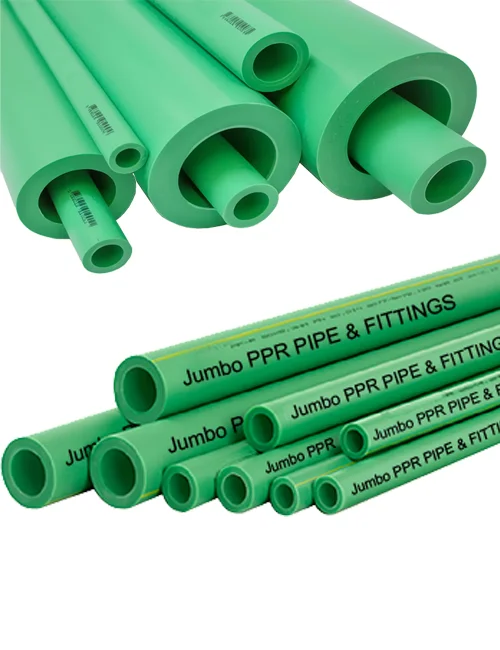
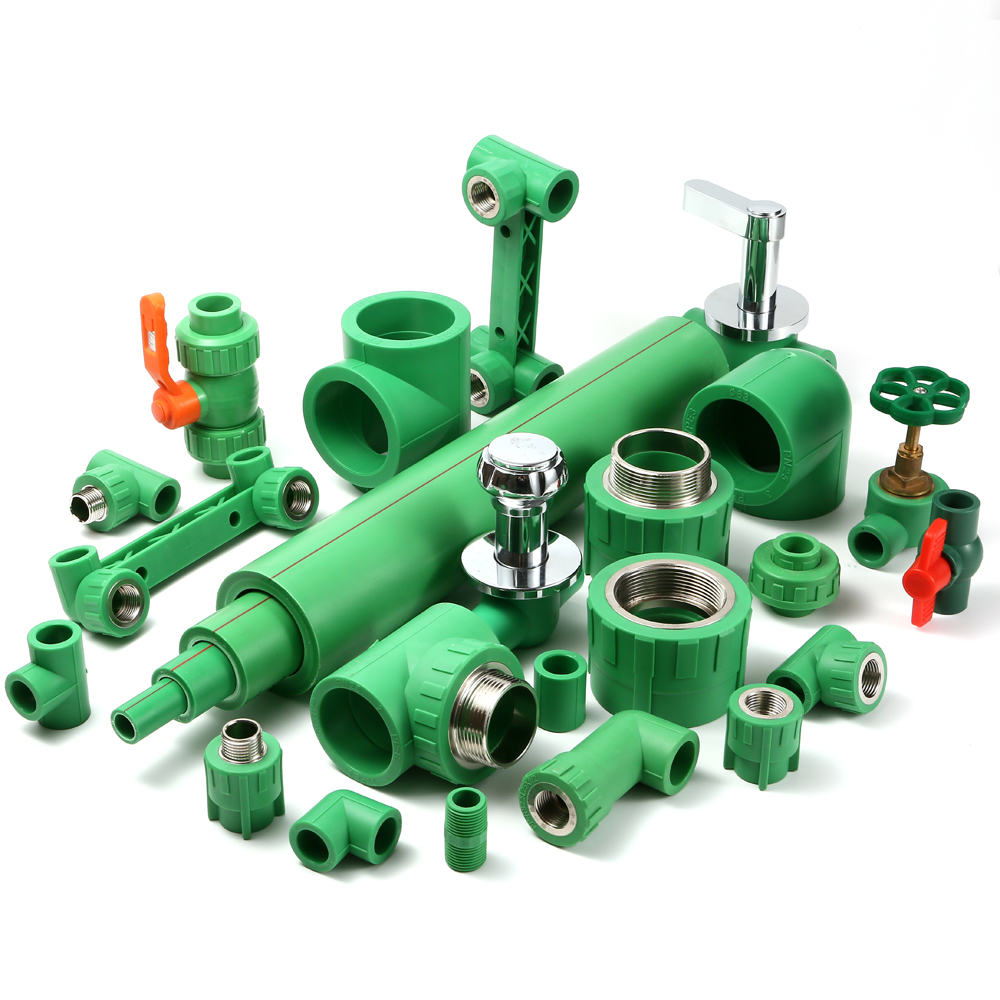
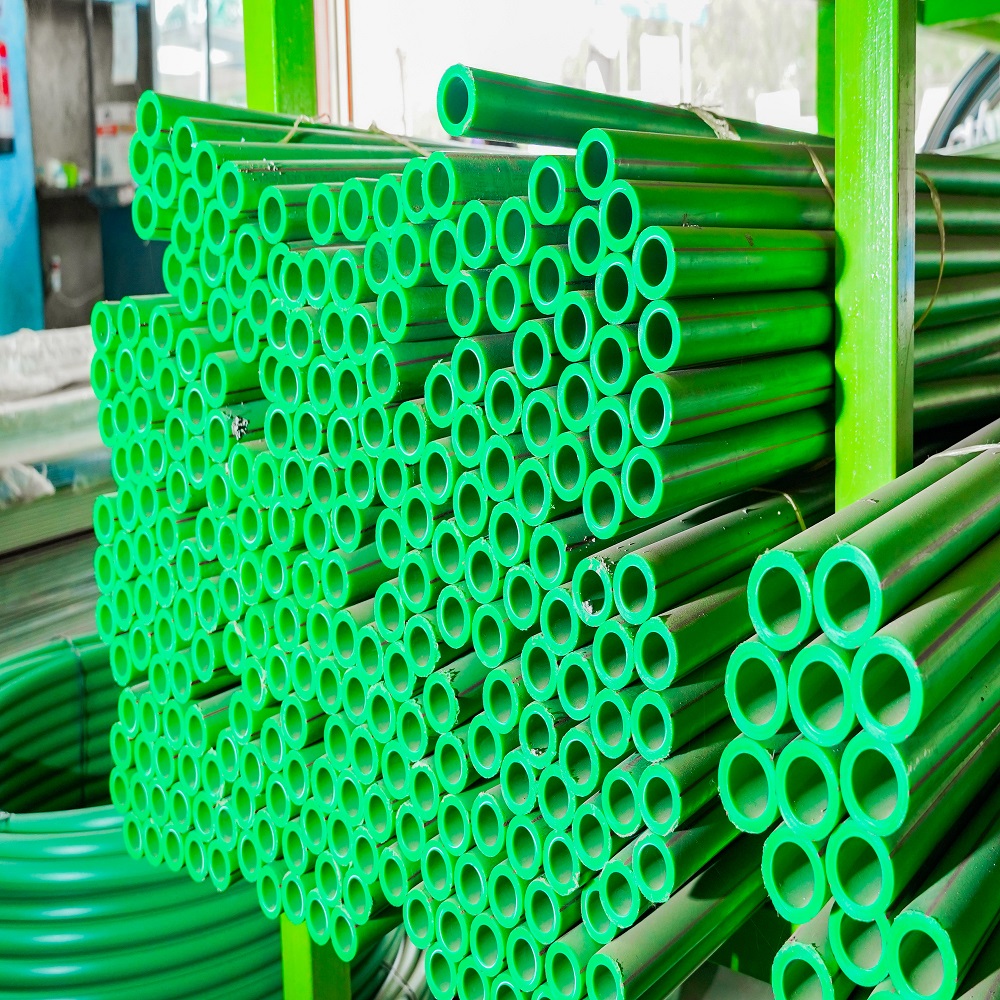
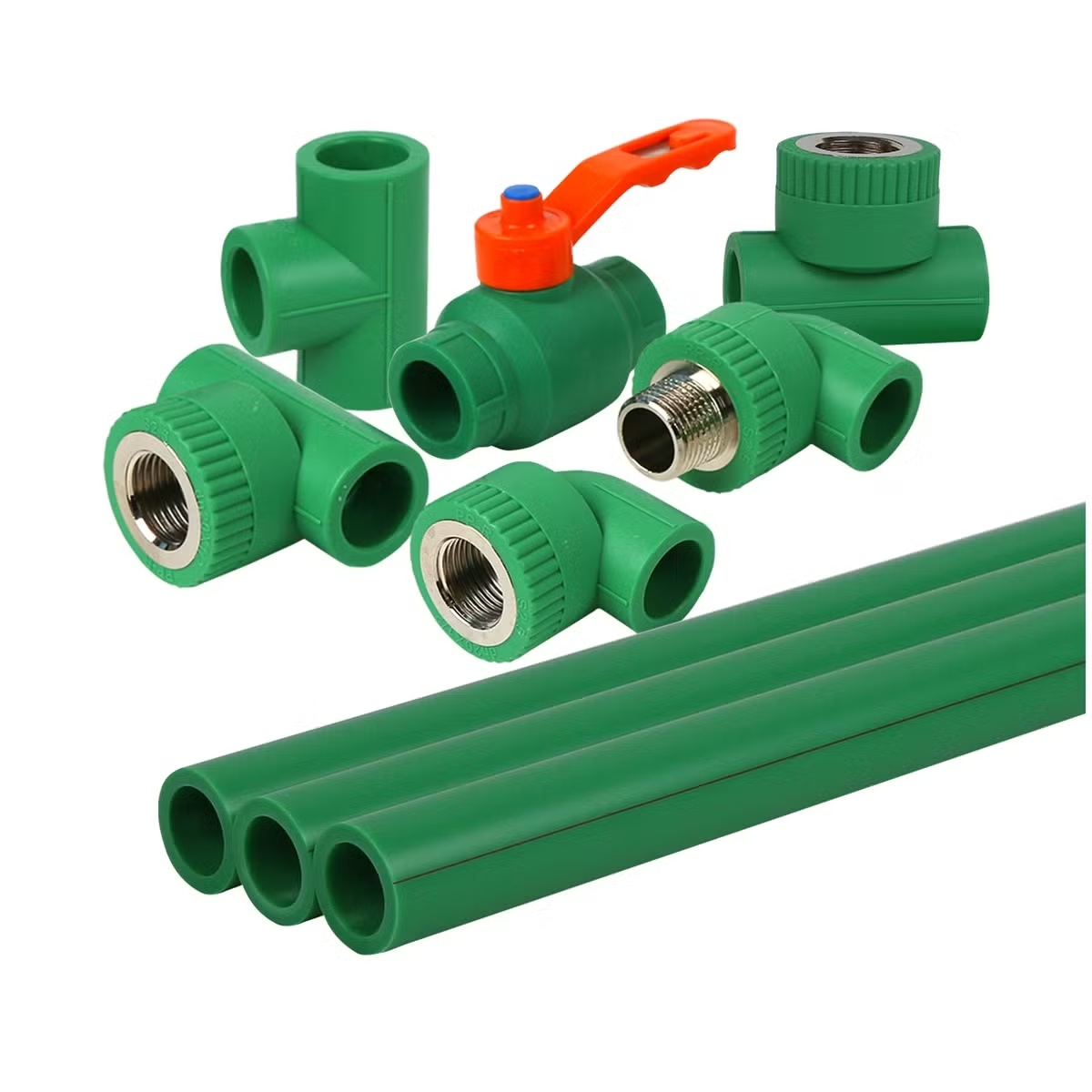
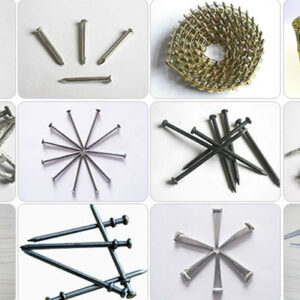
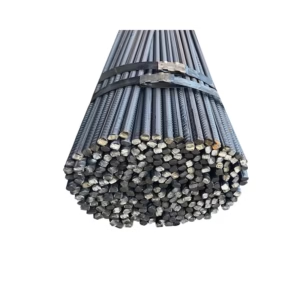
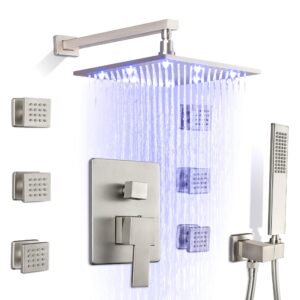
Reviews
There are no reviews yet.